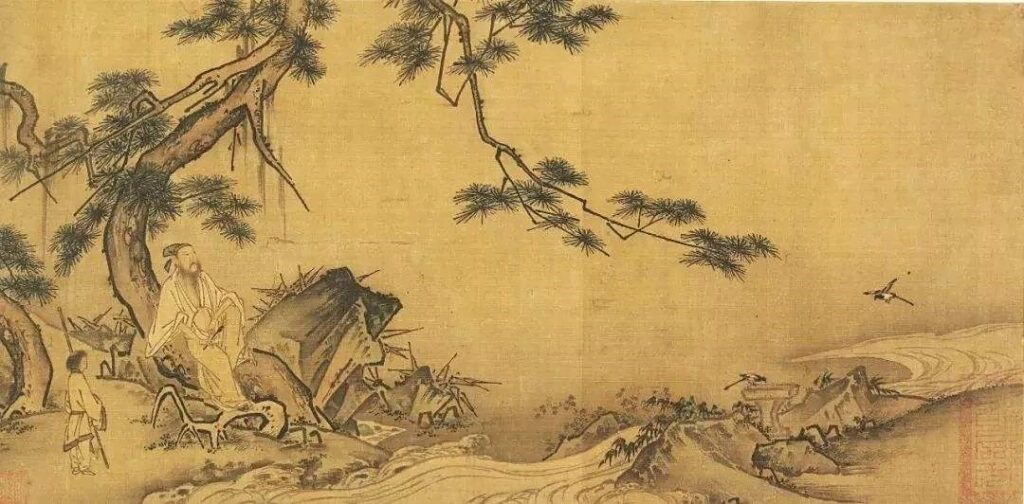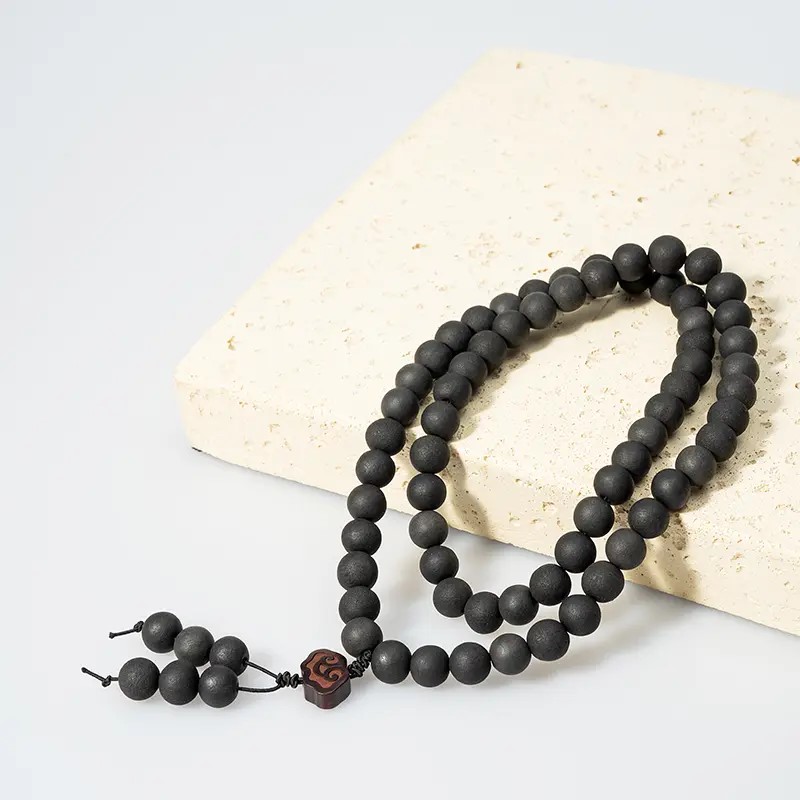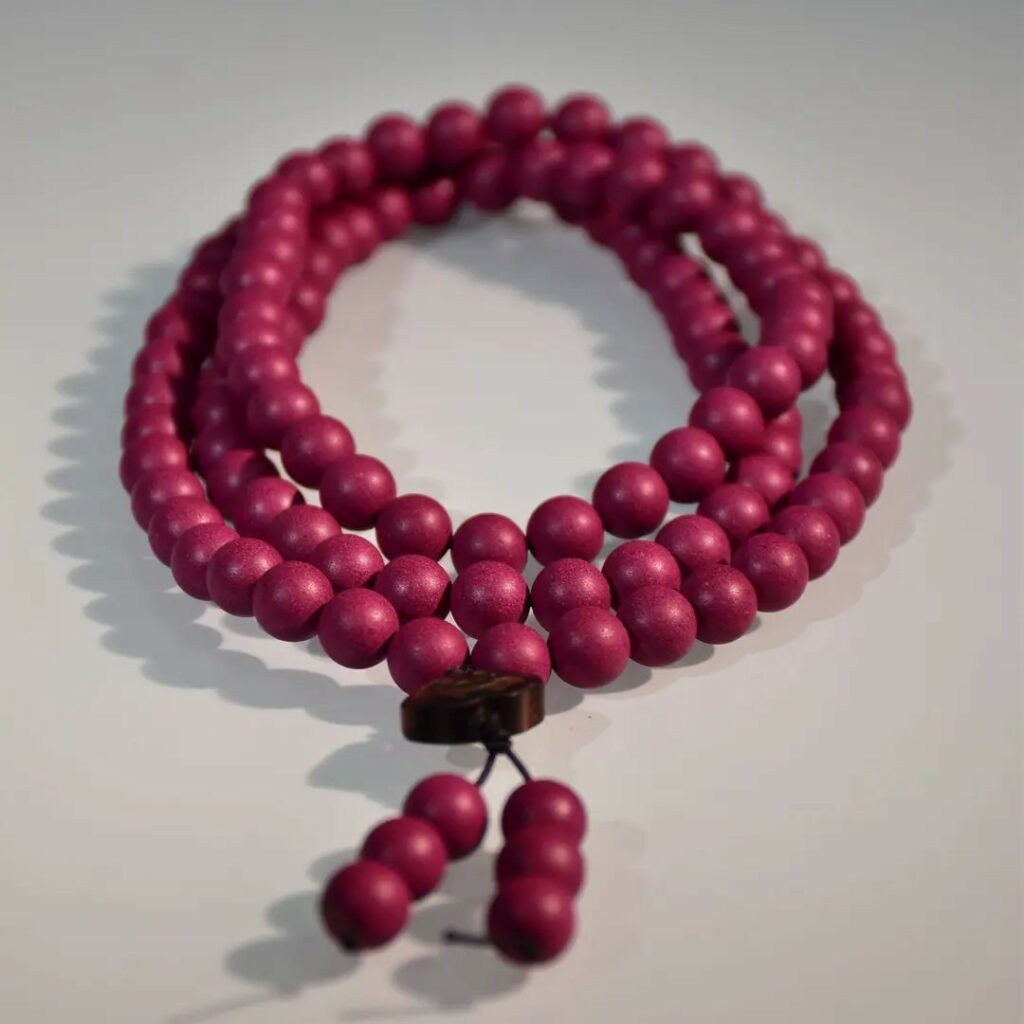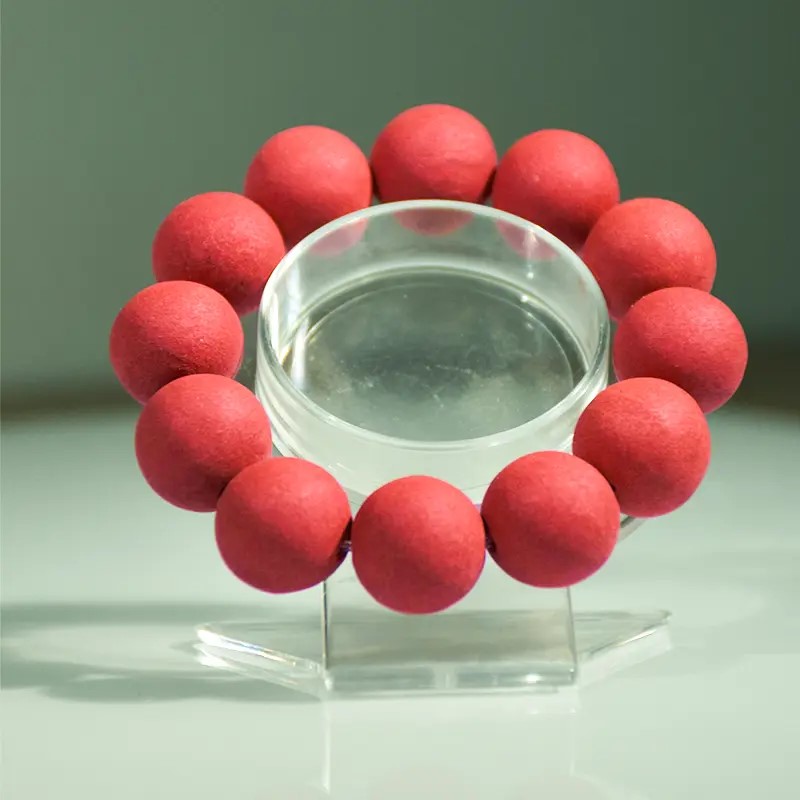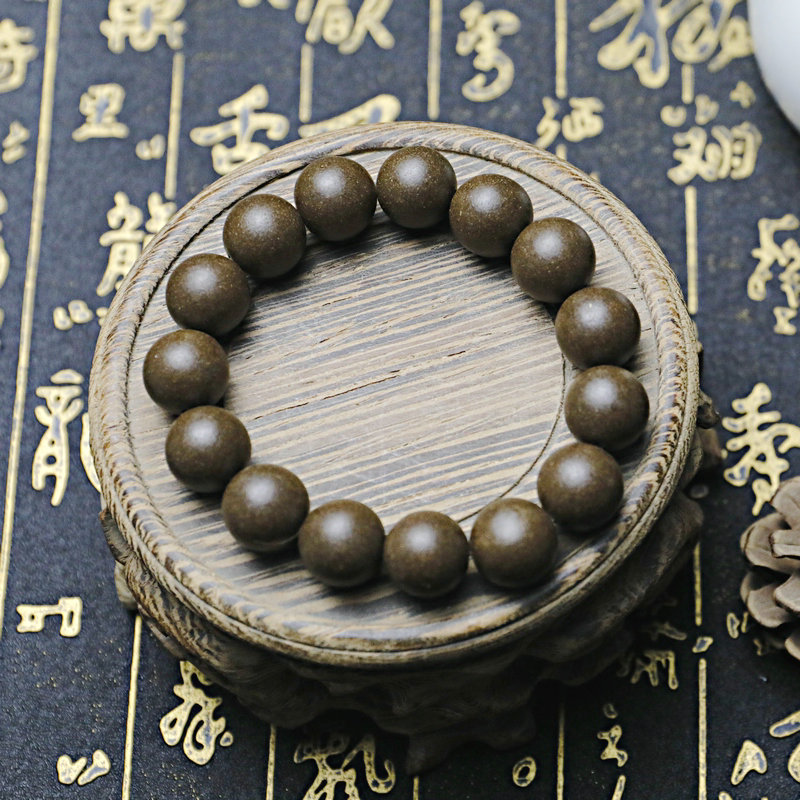Across thousands of years, the Chinese art of hexiang (合香)—the traditional blending of natural aromatics into incense—has been both a refined craft and a profound cultural practice. For incense lovers today, phrases like “Eighteen Grindings, Seventy-Two Mixings” may sound poetic, but in fact, they describe a rigorous artisanal standard. This process is at the heart of why Chinese scented incense can feel so rounded, multilayered, and enduring.
In this article, we explore:
What “Eighteen Grindings, Seventy-Two Mixings” actually means,
How it shapes the texture, longevity, and harmony of incense,
Why handmade incense sticks and loose aroma incense differ from mass-produced varieties,
How this tradition embodies cultural values and mindfulness in daily life.
Throughout, we will also connect these traditional insights with modern applications—whether for meditative use (Scented Incense for Mindfulness), aesthetic enjoyment, or cultural appreciation.
1. What does “Eighteen Grindings, Seventy-Two Mixings” mean?
The phrase comes from classical incense-making manuals. It emphasizes the precision required in preparing raw aromatics before they can form a finished incense stick or incense pellet.
Eighteen Grindings: Refers to grinding raw materials (wood, resins, herbs) repeatedly, layer by layer, until powders are fine, smooth, and uniform. This prevents uneven burning and enhances aroma release. In practice, artisans might grind delicate ingredients like sandalwood or agarwood more than twenty times, using stone mortars to avoid heat loss.
Seventy-Two Mixings: Refers to carefully layering, kneading, and combining different powders repeatedly. Each mixing distributes oils, aromas, and textures evenly, much like folding layers in fine pastry. The result is a well-integrated formula where no single note dominates.
This isn’t just romantic exaggeration. The repeated work makes incense burn smoothly, without acrid smoke, and allows subtle floral, woody, and resinous notes to unfold gradually over time.
2. The science of texture and combustion
Modern incense researchers confirm what ancient artisans intuited: particle size and distribution directly affect combustion and aroma diffusion.
If powders are coarse: burning is uneven, scent comes in bursts, sometimes harsh or smoky.
If powders are too fine but not well mixed: clumping occurs, leading to reduced airflow and incomplete combustion.
Through refined grindings and mixings: airflow channels remain steady, ensuring even combustion, steady fragrance release, and minimal residue.
That is why handmade aroma incense tends to leave behind soft, pale gray ash rather than black chunks. Connoisseurs even read the shape of incense ash in ceremonies, seeing it as evidence of purity and craftsmanship.
3. Roundness and persistence of fragrance
When incense enthusiasts describe a good stick of incense, they often use words like rounded, smooth, multi-layered, persistent. These are not marketing terms; they are sensory effects shaped by artisanal preparation.
Roundedness: Multiple materials are united seamlessly, no jarring or “spiky” notes. A stick might contain sandalwood, agarwood, borneol, and floral petal powders, but what reaches the nose is one harmonious cloud rather than fragmented scents.
Persistence: Proper mixing ensures volatile top-notes (like floral oils) are buffered by heavier base materials, extending fragrance duration. Thus a small incense stick can accompany an entire meditation session without fading prematurely.
In cultural language: the incense breathes like a conversation—gentle at first, then steady, finally lingering subtly in the heart.
Traditional Chinese Compound Incense
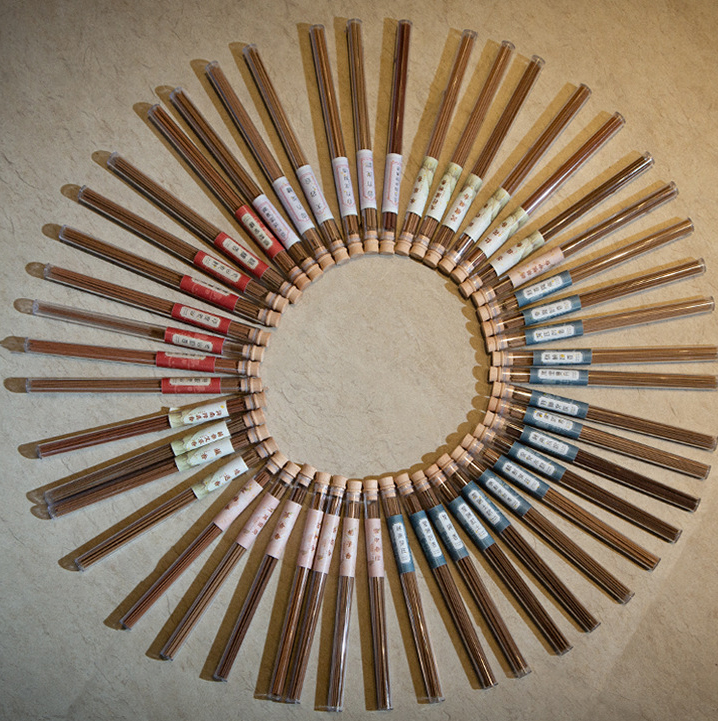
Traditional Chinese Compound Incense
The Delicate Art of Chinese aroma incense
Incense beads, or Chinese aroma incense beads , are far more than simple ornaments. These meticulously crafted spheres, born from the fusion of powdered precious woods, resins, herbs, and binding agents, represent a unique intersection of ancient Chinese fragrance culture, artistry, and contemplative practice. beads
4. Traditional cultural value of meticulous blending
“Eighteen Grindings, Seventy-Two Mixings” is not only about craft quality. It also reflects Chinese cultural values of patience, moderation, and harmony.
Harmony of senses: Just as Confucian thought emphasizes Zhongyong (the Doctrine of the Mean), incense blending emphasizes balance—no single note overwhelming others.
Ritual patience: Grinding and mixing by hand is meditative. It embodies the artisan’s sincerity, making each batch of scented incense almost like a spiritual practice.
Artistic refinement: In Song Dynasty China, literati would hold incense gatherings, testing blends, composing poetry, and pairing aromas with tea or music. For them, careful workmanship was an extension of aesthetic cultivation.
Thus incense was never just fragrance. It was a moral, cultural, and social symbol—the aroma of refinement itself.
5. Comparing handmade and mass-market incense
Today, most commercial incense sticks are manufactured by machines, using synthetic fragrances and quick binders. These lack the philosophy of hexiang.
Mass-market incense: Often uses chemical adhesives, artificial perfume oils, and shortcut grinding. Density may be uneven, burning sometimes smoky or acrid.
Handmade hexiang incense: Crafted with patience, natural binders (like honey or fruit pulp), ground repeatedly, mixed ritually. Such incense burns more evenly, releases a gentler aroma, and aligns with the ethos of wellness and mindfulness.
From a cost perspective, handmade incense is more expensive. From a sensory and cultural perspective, it is priceless.
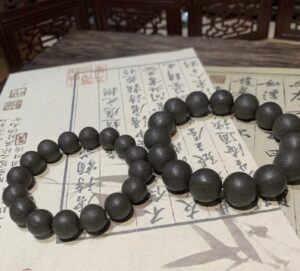
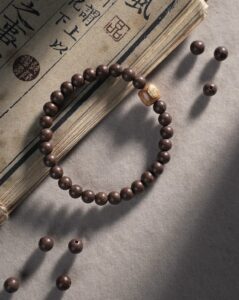
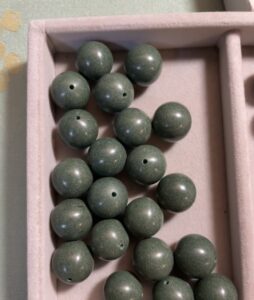
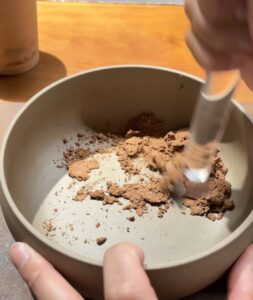
6. The role of incense in mindfulness and healing
In today’s world, Scented Incense for Mindfulness is gaining broad appeal. People around the globe turn to aroma incense not just as ritual smoke but as a holistic tool:
Meditation & focus: Even-burning incense sticks provide a temporal marker (a 30–45 minute burn) and help center breathing.
Stress relief: Woody and resinous blends, especially agarwood or sandalwood, are associated with relaxation of the nervous system.
Cultural ritual at home: Burning incense connects modern people to a lineage of scholars, monks, and households who welcomed each day with fragrance.
Aesthetic space: The gentle curl of smoke softens hard architectural lines, transforming rooms into sanctuaries.
Unlike synthetic air fresheners, true incense is subtle, multilayered, designed to accompany—not overwhelm—the mind.
7. Appreciating incense ash and incense tools
Part of Chinese incense culture is an appreciation even for what remains when incense is used: the ash.
Soft pale ash: Indicates pure, well-ground ingredients with little resinous glue.
Ash forms: Experienced practitioners sometimes read ash shapes the way tea drinkers admire leaf patterns.
Alongside this, traditional incense tools—ceramic censers, bronze burners, bamboo tongs, ash scrapers—are part of the cultural ecosystem. The design of these tools controls airflow, changes burning speed, and preserves subtle aromas. It is another expression of cultural aesthetics: simple objects forming a complete way of living.
8. Why this tradition matters today
In a global market overflowing with fragrance sticks, essential oil diffusers, and synthetic aroma sprays, why preserve the laborious tradition of eighteen grindings, seventy-two mixings?
Because it reminds us that:
Quality requires patience.
Harmony is crafted, not rushed.
Incense is not just about scent, but about a lifestyle and worldview.
For the modern incense lover, lighting a handmade incense stick is an act of cultural mindfulness. Every curl of smoke whispers not only fragrance but lessons in balance and time.
“Eighteen Grindings, Seventy-Two Mixings” is more than an old saying. It is the soul of Chinese hexiang craftsmanship, the reason why traditional scented incense remains rounded, layered, and long-lasting. It reflects artisanal precision, cultural aesthetics, and a philosophy of harmony.
Whether you are choosing an incense stick for quiet evenings, exploring aroma incense as a meditative aid, or simply curious about cultural heritage—remember that every handmade incense carries within it a tradition of patience and artistry.
